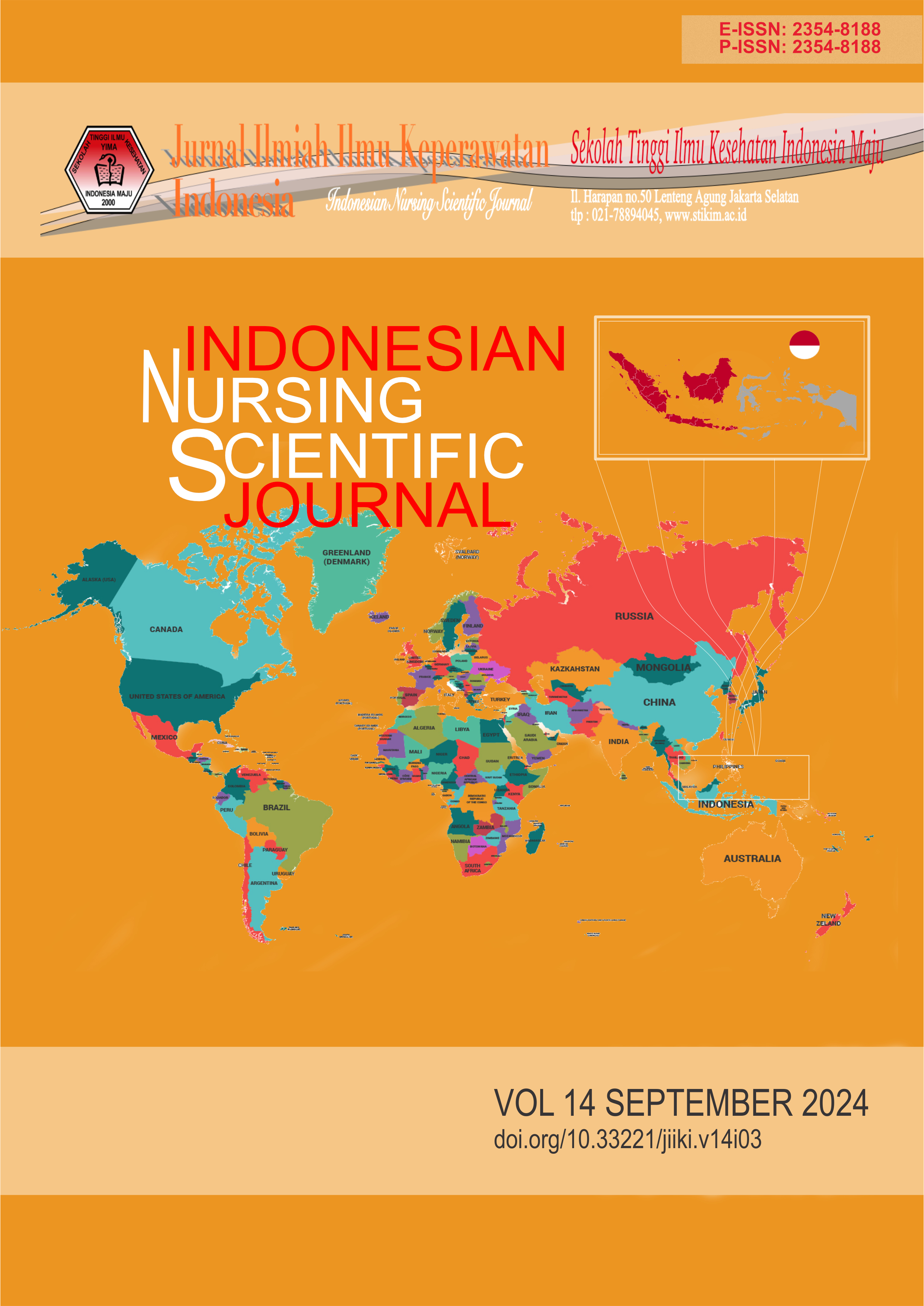Analysis of Predictor Factors for Recurrent Stroke at RSI Siti Aisyah Madiun Neurology Outpatient Department: Cross-Sectional Study
Analisis Faktor Prediktor untuk Stroke Berulang di Poli Saraf RSI Siti Aisyah Madiun: Studi Cross-Sectional
Abstract
Introduction: Stroke is a serious and life-threatening neurological disease worldwide that has long been a major concern in the world health sector. Stroke has become a global health challenge and is a major cause of disability and death in many countries. Many studies highlight the risk factors that contribute to the occurrence of a first stroke attact, but there is a limited study that focuses on the factors that influence someone to experience a recurrence of stroke.
Objective: To identify the factors that contribute and are the most dominant in the incidence of recurrence stroke.
Method: This study is a descriptive quantitative study that employs observation methods and a cross-sectional approach, with data analysis conducted using univariate, bivariate, and multivariate techniques.
Results: There are 152 recurrent stroke patients partisipated in this study. The accidental sampling technique was used to obtain potential respondents. Researchers found that out of the 10 factors that affect the chance of having a recurrence stroke, three are the most important. These are self-rehabilitation (P value = 0.000; OR = 58.843, CI = 7.0497–491.165), family support (P value = 0.027; OR = 0.931, CI = 0.8734-0.992), and taking medications as prescribed (P value = 0.031; OR = 0.670, CI = 0.4666-0.963).
Conclusion: There are 3 factors that most dominantly influence the incidence of recurrent stroke, namely early rehabilitation, family support, and patient compliance in taking medication. Furthermore, enhancing patients' adherence to self-management poststroke requires social support from family, peers, and healthcare providers.
Copyright (c) 2024 Tutik Lamini, Sugiharto

This work is licensed under a Creative Commons Attribution-ShareAlike 4.0 International License.























